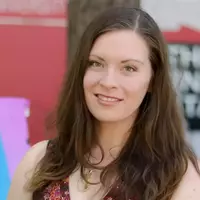Anyone Can Be An Geoscientist: The Impact of Diverse Representation From Draw-an-Earth-Scientist Tests (DAEST)
Authors
 Connor Chilton, University of South Carolina-Columbia
Connor Chilton, University of South Carolina-Columbia
 Katherine Ryker, University of South Carolina-Columbia
Katherine Ryker, University of South Carolina-Columbia
The geosciences have the lowest participation rates of historically marginalized individuals in science positions, and are a field where people who "discover" the major often mostly see historical stereotypes of people who "do science." Therefore, an understanding of representations' impact on students is important. This study analyzes the impact of representation of historically marginalized scientists in weekly assignments on introductory geology students. Students were assigned to draw their idea of a geoscientist at the beginning and end of the semester. During the semester, students were randomly assigned to one of four groups: with/without personal information (including pictures) of geoscientists, and with/without reflection questions about these geoscientists. The Draw-a-Scientist Test (Finson et al., 1995; P. McNeal, 2022) was used, modified, and updated iteratively during coding to code student drawings. Paired t-tests and ANOVAs were used to test for differences in representations of geoscientist's appearance, equipment, location, etc. from the beginning to end of the semester.
There was a rise in students who felt that anyone could be a geoscientist, and a decrease in stereotypical representations of geoscientists as individual, white men. All assignment groups saw a decline in representations of male geoscientists from pre- to post-drawings. Also, identifiably female students were more likely to draw their scientist as female. Some limitations of this study could be a lack of representation of different races from wide use of graphite pencils for drawings rather than more colorful materials. This study provides evidence that diverse representations of those within a field can reduce stereotypical ideas of who can be a geoscientist and increase the idea that everyone has opportunities in the field. A scientific community that reflects the society's diversity is more likely to be able to solve the problems of the present and future.
